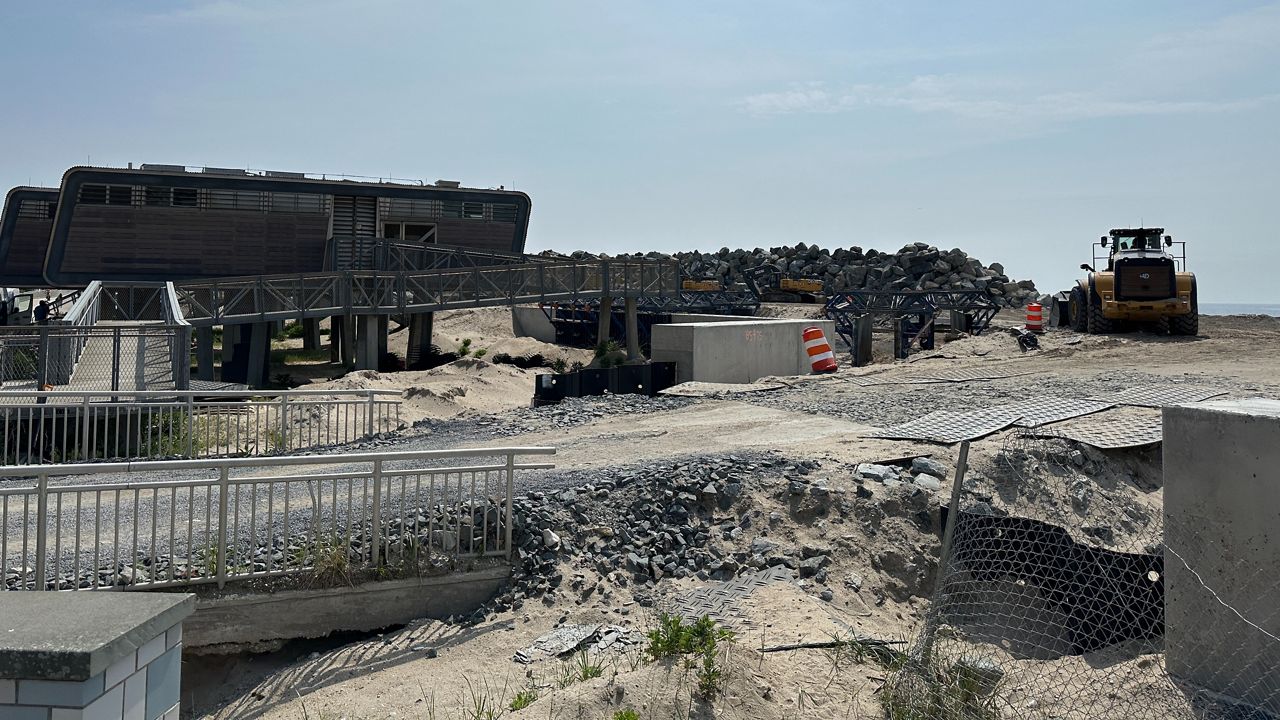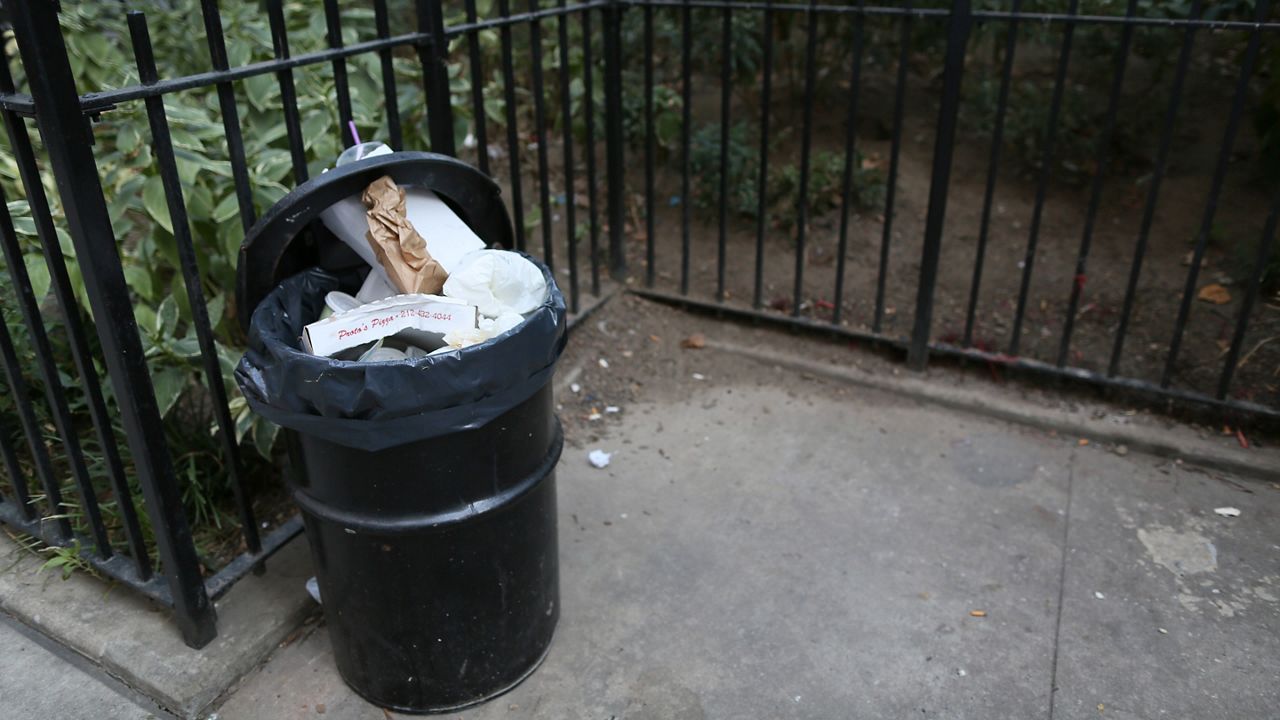Tomatoes, tarragon and rhubarb are just some of the organic fruits and vegetables growing on the green roof of a new office building on Staten Island.
On Earth Week, Mayor Eric Adams cut the ribbon — and also some tarragon — at this fruit and vegetable garden, part of a larger strategy to better utilize rooftops in the city.
“We are really going to explore how do we use urban farming to have a job build out, healthy food on our plates and be environmentally friendly,” Adams said.
What You Need To Know
- A Staten Island roof garden offers healthy food options while protecting the environment
- The building's owners received a grant from the Department of Environmental Protection
- The city plans to use solar panels and roof gardens on more roof space
- The roof garden also absorbs storm water, helping to prevent flooding in the area
All the produce from the Staten Island rooftop will go to two non-profit restaurants in the building and two nearby hotels.
“And then we can also feed food pantries on Staten Island,” said Lois Nicotra, of the Nicotra Group and owner of the building with her husband Richard.
“And really, also important, this is an office building. We have 350,000 square feet of people working here. They can come up, they can sit in a farm, they can have lunch,” added Richard Nicotra.
The urban farming organization Brooklyn Grange manages the garden.
“They are environmentally beneficial, they also create economic opportunity and they engage New Yorkers with food, farming and nature,” said Anastasia Plakias, co-founder of Brooklyn Grange.
The Department of Environmental Protection has committed $14 million for initiatives like this one all over the city. For the Staten Island rooftop, the developers received a $670,000 grant.
The city is also actively transforming many roofs of buildings it owns.
“In some cases we are putting solar on a number of city buildings, schools, other kinds of facilities,” said Rohit Aggarwala, the city’s chief climate officer and commissioner of environmental protection. “Sometimes it makes sense, if the existing building can support the weight, you can put a green rooftop on there.”
This 32,000-square-foot roof serves another purpose: it absorbs storm water, helping to reduce neighborhood flooding.






_CGPKG_Qns_Kissena_Park_Flooding_Town_Hall_CG)

